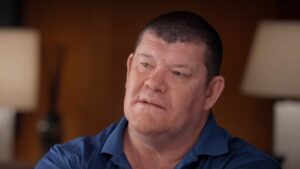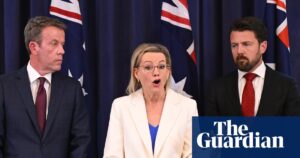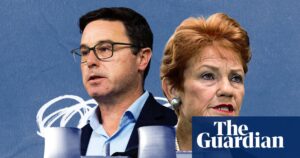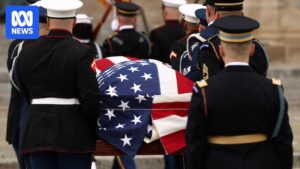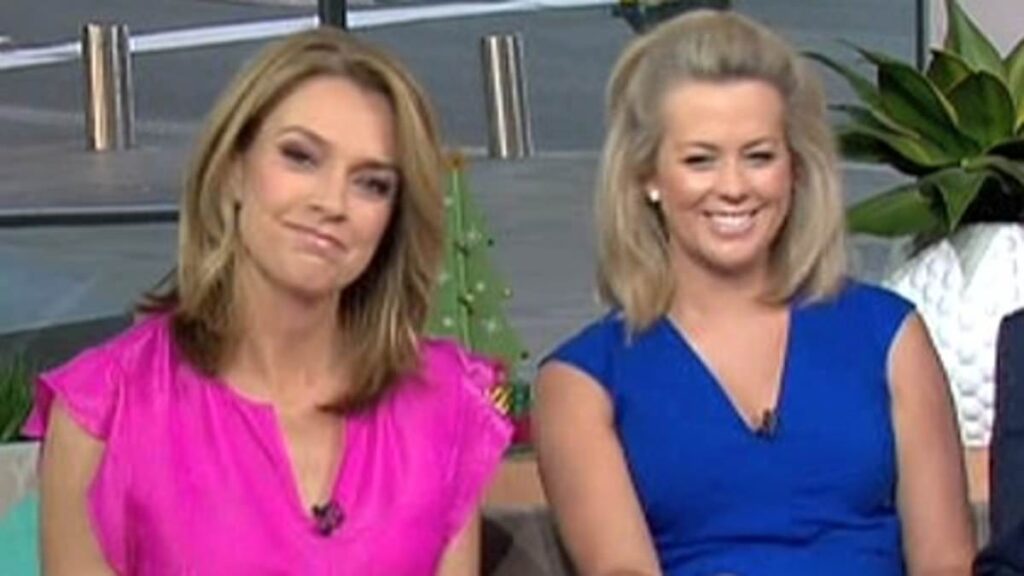
The Liberal Party of Australia is grappling with a profound crisis following a series of electoral defeats that have left it with a diminished presence in the House of Representatives. After the 2025 federal election, the Coalition holds only 43 of the 150 seats, with the Liberals themselves securing a mere 18, a stark contrast to Labor’s commanding 94 seats. This situation is not just a typical political setback; it represents an existential challenge for a party that once considered itself the nation’s ‘natural party of government’.
The root of this crisis lies in the structural decline of the Liberal Party’s moderate wing at the federal level. This decline was not sudden but rather a cumulative result of the 2022 teal revolt and its consolidation in 2025, during which Peter Dutton oversaw the party’s most significant federal defeat. The party’s state-level failures have compounded these issues, with the Liberals reduced to minor-party status in Western Australia and facing potential losses in South Australia and Victoria.
The Decline of Traditional Strongholds
The Liberal Party’s traditional urban heartlands have been eroded over the past two elections, with seats such as Kooyong, Wentworth, Mackellar, Warringah, and Curtin falling to teal independents. These independents, predominantly female, have campaigned on platforms of climate action, integrity, and gender representation, supported by Climate 200 funding and business donors. The anticipated teal rollback in the 2025 election did not occur, with only the Victorian seat of Goldstein returning to the Liberals.
Tim Wilson, the returning Liberal MP for Goldstein, faces challenges in retaining his seat, having been on the losing side of the party’s recent decision to abandon net zero commitments. The only other metropolitan seat held by the Liberals is Cook, now classified as marginal. Julian Leeser, representing Berowra, another once-safe seat, is also struggling to maintain his position.
Internal Shifts and Membership Challenges
The hollowing out of city-held seats has shifted the internal dynamics of the federal party. The remaining MPs are predominantly from Queensland LNP territories and more conservative regional areas, rather than the metropolitan seats that once defined the party’s identity. This shift has left moderates with little influence over policy direction, transforming the Liberal Party into a more culturally combative entity.
The party’s membership base has also become less representative of the broader community, exacerbated by branch-stacking scandals and the infiltration of religious groups. This has skewed the pre-selection pool towards candidates whose priorities diverge from the economically centrist, socially liberal professionals who traditionally supported the Liberals.
Business and Electoral Implications
Corporate Australia no longer views the Liberal Party as its default investment. Donation disclosure laws have prompted businesses to hedge their bets between Labor, the Coalition, and independents. Climate-conscious business figures have invested heavily in Climate 200 and teal campaigns, while some resource and industrial donors have increased their support for the Coalition. However, the business community now spreads its support across a fragmented political landscape.
Labor’s 94 seats span across New South Wales, Victoria, Queensland, Western Australia, South Australia, and Tasmania, while the Coalition’s 43 seats are concentrated in Queensland and non-metropolitan areas.
The electoral map underscores the Liberals’ precarious position. Rising stars in city-based electorates lost their seats, and the party continues to struggle with gender representation. Leader Sussan Ley faces potential ousting by conservative challengers, further highlighting the party’s rightward shift.
Pathways to Recovery
The Liberal Party’s path to recovery may lie in state-level regeneration, where moderates still hold sway and business support remains. In Victoria, Jess Wilson, a first-term MP with a pro-business background, offers a glimmer of hope as the new leader. Her leadership could signal a return to the party’s small-l liberal, pro-business roots, though it remains uncertain whether she can unite the fractious state division.
In New South Wales, the Liberals, though out of government, retain a moderate stance on policies like net zero. However, leadership instability looms, with Kellie Sloane recently taking over from Mark Speakman. Despite her talent, defeating the Labor government seems unlikely given the federal party’s brand damage.
Elsewhere, the outlook is bleak. In South Australia, Vincent Tarzia faces the daunting task of rebuilding the opposition, while in Western Australia, Basil Zempilas leads a party struggling to regain relevance. The exception is Queensland, where David Crisafulli’s LNP government remains popular, but Queensland Liberalism is part of the problem, not the solution, to the federal crisis.
Conclusion: A Long Road Ahead
The Liberal Party’s challenges are profound and multifaceted, requiring a strategic shift to reconnect with urban professionals and address climate and integrity issues. State-level successes could provide a pipeline of candidates to rejuvenate the federal party, but this is a long-term endeavor with no guarantees of success.
In the meantime, the party faces the risk of long-term decline, as it becomes increasingly reflective of a shrinking, more conservative membership base. Without significant changes, the Liberal Party may struggle to regain its status as a major political force in Australia.
